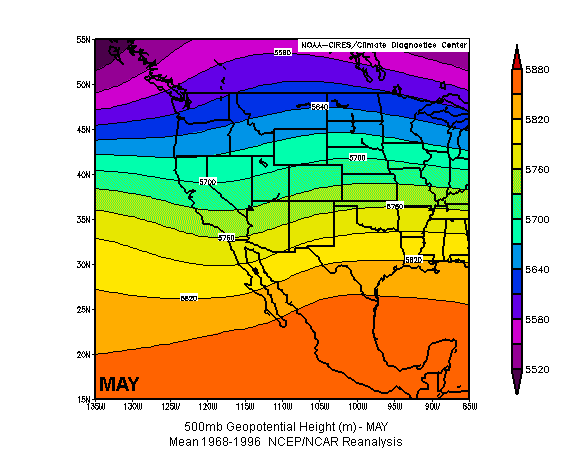
The North American Monsoon is the general change of weather conditions from hot and dry to wet and stormy for a large portion of the southwest United States from May or June until September. The definition of monsoon, according to NOAA, is “a seasonal reversal of wind patterns changing atmospheric circulation and precipitation, which results in a pattern of wet summers and dry winters.” Monsoon circulations are present all over the world in regions like Asia, Australia, North and South America, and Africa.
- Related: What is a Blizzard?
According to NOAA, many years ago, these monsoons were considered to be regional in scale. However, it is now known that monsoons are an important component of large-scale global circulation. In terms of “weather,” the monsoon is associated with a dramatic increase in summer precipitation, mostly in the form of thunderstorms.
Monsoons are formed because land heats up faster than water in the summertime. The rapid heating of land in the summer causes air to warm and rise via convection, forming clouds. As the summer progresses, a conveyor-like system begins where cool air from surrounding regions moves in to replace the warm rising air from the land’s surface, and a summertime low-pressure system forms over the Sonoran Desert.
This process of cool air being brought in to replace the warm air rising from the desert is so strong that it changes the direction of the region’s prevailing winds—during the winter months, the winds typically come from the west, but during the summer months, the winds start coming from the south and southeast. These prevailing summertime winds bring in moisture from the Sea of Cortez, Baja California, Sierra Madre Occidental, and the Gulf of Mexico.
The moisture which is then brought in causes even larger storm clouds to form in the desert. As the clouds grow with the added moisture, they can form into giant Cumulonimbus incus, aka “Anvil Head” clouds, which are so large that they can sometimes be observed from space. These clouds often generate thunderstorms with potential for severe rain and lightning.
Storms associated with monsoons are different than those that occur during the winter months because of the unique way they form and the often more intense lightning, rain, and hail storms they can produce. North America’s monsoon season typically runs from late May or June to mid-September and affects Arizona, New Mexico, western Texas, southern Utah, Colorado, and southern Nevada.
View this post on Instagram
